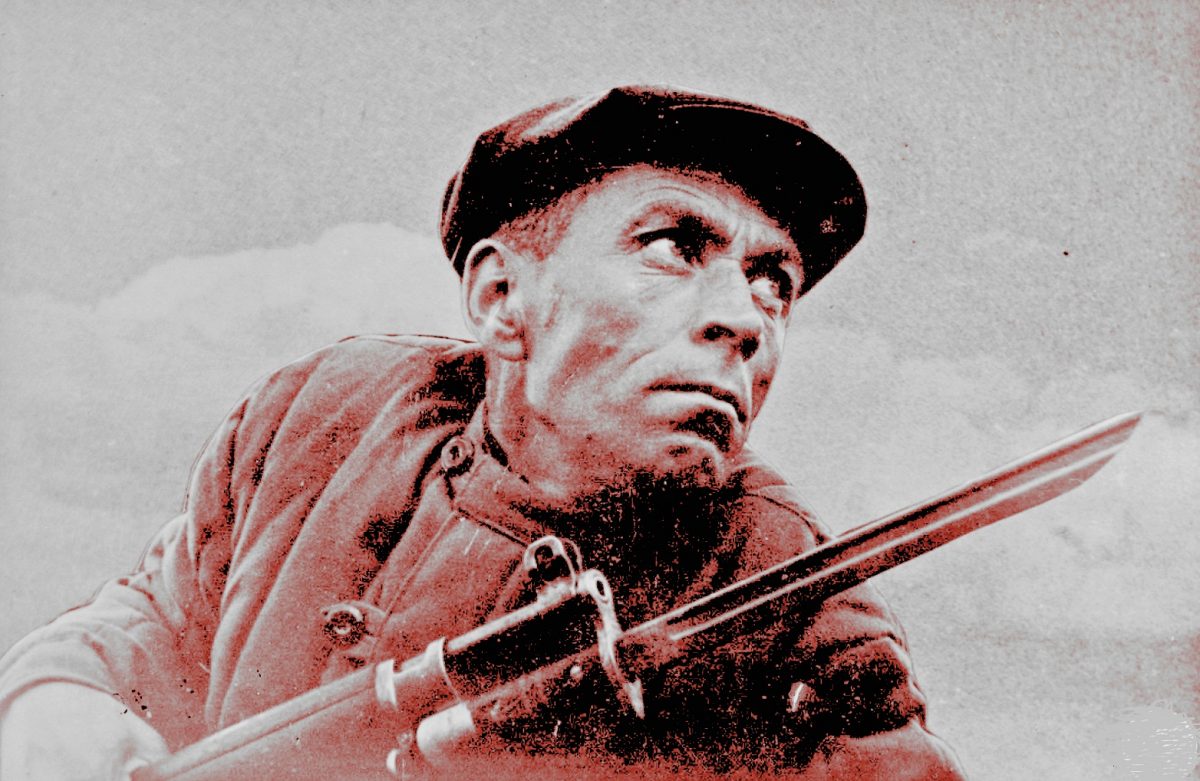Author: Serguei Oushakine
Download the conference poster
Princeton Conjunction – 2016
Princeton Conjunction – 2016
An Annual Interdisciplinary Conference
IMPERIAL REVERB:
Exploring the Postcolonies of Communism
May 13-15, 2016 • 120 Lewis Library
PRINCETON UNIVERSITY
In a 2001 issue of the journal PMLA, David Chioni Moore asked: “Is the Post- in Postcolonial the Post- in Post-Soviet?” Answers to this important question have come in many forms during the last fifteen years, and the tentative equation between the two has also been significantly extended: post-Soviet and postcolonial are routinely lumped together with postmodernist, and post-totalitarian; just as the “soviet” has with the “colonial.” Yet these “posts” did not sit comfortably together; their apparent family resemblance has not yet merged into a productive and convincing framework either for analyzing socialism as a form of colonial practice or for understanding post-soviet as post-colonial.
Serguei Oushakine, Chair (Princeton)
Tarik Cyril Amar (Columbia)
Edyta Bojanowska (Rutgers)
Michael Kunichika (Institute for Advanced Study, Princeton)
Ekaterina Pravilova (Princeton)
Princeton Conjunction – 2014
 Princeton Institute for International and Regional Studies
Princeton Institute for International and Regional Studies
Program in Russian, East European, and Eurasian Studies
ROMANTIC SUBVERSIONS OF SOVIET ENLIGHTENMENT:
Questioning Socialism’s Reason
Serguei Oushakine, Chair (Princeton University)
Marijeta Bozovic (Yale University)
Helena Goscilo (The Ohio State University)
Mark Lipovetsky (The University of Colorado at Boulder)
Vera Tolz-Zilitinkevic ( The University of Manchester)
Princeton Conjunction – 2013

Princeton Conjunction – 2013: An Annual Interdisciplinary Conference
PRINCETON INSTITUTE FOR INTERNATIONAL AND REGIONAL STUDIES
PROGRAM IN RUSSIAN AND EURASIAN STUDIES
“ILLUSIONS KILLED BY LIFE”:
AFTERLIVES OF (SOVIET) CONSTRUCTIVISM
May 10-12, 2013
Princeton
 Program Committee:
Program Committee:
Serguei Oushakine (Princeton University), Chair;
Esther da Costa Meyer (Princeton University);
Kevin M.F. Platt (University of Pennsylvania);
Stephen Harris (University of Mary Washington);
Irina Sandomirskaja (Södertörns Högskola).
Princeton Conjunction – 2012
 Princeton Conjunction – 2012. An Annual Interdisciplinary Conference
Princeton Conjunction – 2012. An Annual Interdisciplinary Conference
OBJECTS OF AFFECTION:
TOWARDS A MATERIOLOGY OF EMOTIONS
Serguei Oushakine (Slavic Languages and Literatures; Anthropology, Princeton U)
Anna Katsnelson (Slavic Languages & Literatures, Princeton U)
David Leheny (East Asian Studies, Princeton U)
Anson Rabinbach (Department of History, Princeton U)
Gayle Salamon (Department of English, Princeton U)





 seeing in the sober rationality of this movement a viable alternative to the illusionist and mimetic arts of the past. It is precisely this ability of Constructivism to turn dead illusions into a source of inspiration that this conference plans to investigate.
seeing in the sober rationality of this movement a viable alternative to the illusionist and mimetic arts of the past. It is precisely this ability of Constructivism to turn dead illusions into a source of inspiration that this conference plans to investigate.